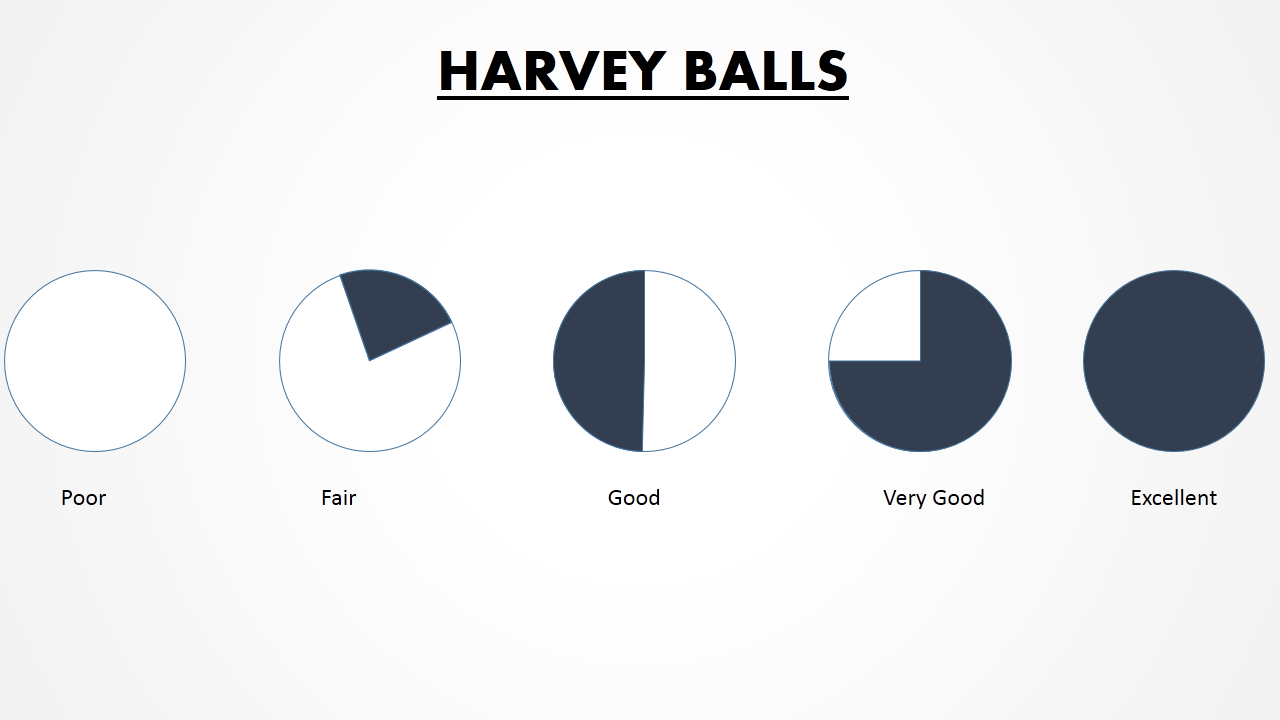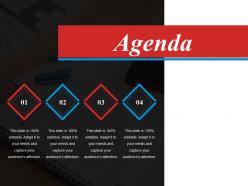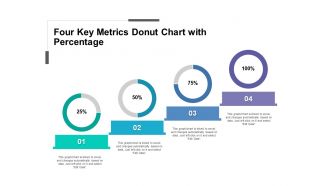With a steady rise in inflation and cost of living it's really important to have enough money saved up and to control how much you spend. One smart way to start is by using a budgeting rule. Let's understand 50 30 20 Budget.
A budgeting rule helps you see where your money is going. Knowing this can help you stop spending on things you don't really need. Once you understand how much money is coming in and going out, you can start saying no to impulsive costly dinners and online shopping. This will help you save more money in the end.
Just like a lot of people, you might not like the idea of budgeting. It could seem boring or tough to figure out. However, the 50-30-20 budget shows that it doesn't have to be hard. If you want to make budgeting easier or if you're new to it, this could be a great choice for you.
The 50/30/20 Budgeting Rule: What Is It?
One of the most well-known approaches to beginning a sound money management journey is the 50/30/20 budgeting rule. The amount of money you make is irrelevant. You can easily apply this rule and develop much-needed financial discipline.
First, write down your total revenue/income. Include all of them, whether they are from your full-time jobs, any side jobs, or your business. Assume that it ends up being INR 50,000.
After that, divide this sum into three buckets: 50, 30 and 20.
Basically, the 50-30-20 budget rule splits your remaining after-tax income into three categories in its simplest form:
50% for necessities
30% off of what you want
20% as a savings
This strategy keeps handling your finances easy and clear.
Why this Rule is Effective?
You might be curious about why this budgeting rule is successful and how it can positively impact your life and finances. There are several compelling reasons behind its effectiveness.
Simplicity
First and foremost, this budgeting approach is simple. Whether you're not getting into details or you're just starting your budgeting journey, this method is foolproof and uncomplicated to put into practice.
You only need to concentrate on three categories: necessities, desires, and savings, which are relatively straightforward to identify.
Assigning Purpose to Every Dollar
Secondly, it ensures that every dollar is allocated a specific purpose. You commence with your post-tax income, which represents your complete resource pool, and then you allocate funds to various spending categories based on that.
Achieving Financial Goals
Lastly, it assists in maintaining your focus on financial objectives and saving up for significant expenses like a house or a car.
Moreover, if your initial target is to reduce debt, this rule can help you debt repayment journey.
In essence, the effectiveness of this budgeting rule arises from its simplicity, dollar-specific allocation, and its ability to guide you toward your financial aspirations.
Breaking Down the 50-30-20 Budgeting Rule in Simple Terms
When it comes to handling your money wisely, the 50-30-20 budgeting rule can be your guiding light. Imagine your budget split into three parts: 50% for essentials, 30% for things you want, and 20% for saving up. You can even use tools like a 50-30-20 calculator or a ready-made template to make this budget work for you.
Category 1: 50% for Essentials
Think of this as your "must-haves" budget. It covers things you absolutely need to manage your life – like rent or mortgage, salary to employees, healthcare, car expenses, inventory and paying off debts. Entertainment, dining out, and luxury stuff don't fit here.
To stay on track within this 50% limit, try not to spend more than half of your income after taxes. If you are, it might be time to rethink your spending.
For example, ask yourself if you're overspending on rent or if you're using too much money for daily transport or lunches.
Category 2: 30% for Things You Want
This is your "nice-to-haves" fund. If you are using this rule for personal use then It's for things that make life enjoyable, even if they're not absolutely necessary. This list can vary greatly from person to person based on their preferences. From the business perspective wants can be branding/design, and employment perks.
Category 3: 20% for Savings
This part is super important because it shapes your future. It's about putting away money for later – both in savings accounts and investments.
Your emergency fund comes first. Try saving up to 3 to 6 months' worth of living expenses. After that, focus on retirement savings. You might want to talk to a financial advisor to help set this up. From a business perspective business expansion fund, emergency fund, etc.
How to Start with the 50-30-20 Rule?
Know Your Income
Start by figuring out how much money you have left after taxes. This is the amount you actually have to work with. Forget about the big number before taxes – it's what's left after taxes that matter.
With these simple steps, the 50-30-20 budgeting rule becomes your compass to smart money management.
Sounds Great, Right?
Okay, so you feel like noting down each number is time-consuming? We having something for you.
50 30 20 Rule Budget Spreadsheet Template
These templates are 100% editable, all you have to fill input sheet and you will get the output sheet in a few clicks. Also, this spreadsheet comes with visual representation charts to easily track your budget.
Bottom Line
To wrap up, the 50-30-20 budget spreadsheet emerges as a dynamic tool that empowers individuals to take control of their finances with clarity and purpose. This structured approach, dividing income into essential needs, enjoyable wants, and essential savings, offers a simplified yet effective strategy for achieving financial stability. The spreadsheet elevates our understanding of money's flow, enabling informed adjustments to achieve financial goals.






 Customer Reviews
Customer Reviews




















